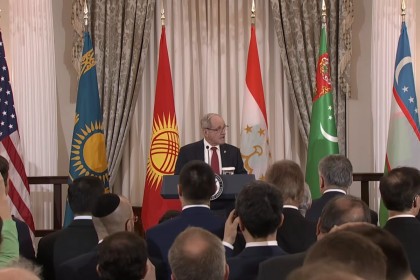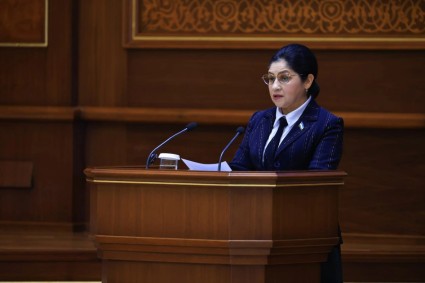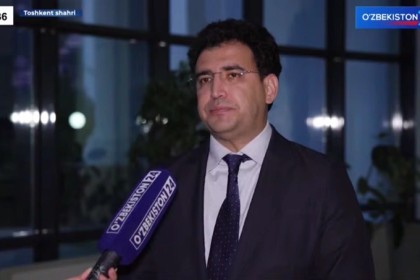President Shavkat Mirziyoyev landed in Berlin on May 2. The visit began with talks with Federal Chancellor Olaf Scholz, the presidential press service reported today.
Shavkat Mirziyoyev stressed that Uzbekistan saw Germany as a reliable and strategic partner and underscored a two-fold increase in the two-way trade and the number of joint projects. The volume of German investments in the economy of Uzbekistan reached 5.5 billion dollars, of which 4 billion were attracted over the past few years.
Olaf Scholz expressed the readiness of the German government to further support Uzbekistan's accession to the World Trade Organization and the early signing of an Enhanced Partnership and Cooperation Agreement with the European Union.
The parties welcomed the signing during the visit of the Intergovernmental Declaration on deepening multifaceted cooperation. It was signed by Foreign Ministers Bakhtiyor Saidov and Annalena Baerbock.
During the talks, the sides reached an agreement on launching a dialogue platform in the Germany-Central Asia format.
They also discussed ensuring regional security, including in the context of the situation in Afghanistan. The parties confirmed the need to continue humanitarian projects, in particular, through the possibilities of a logistics hub and the Educational Center for Afghan youth in Termez.
They agreed to develop the Trans-Caspian Corridor, which will create an effective route connecting the Central Asian region with Europe.
An agreement was also reached on the technical assistance by the German government to expand the study of the German language in the provinces of Uzbekistan.
While a total of 16 intergovernmental and interdepartmental documents were signed at the talks in the economy, trade, finance, education, science and innovation fields of.
Ealrier Uzbek-German Business Forum took place in Berlin ahead of Mirziyoyev’s visit, where reportedly $9 billion worth of deals were inked in the green energy, mining, chemical, pharmaceutical industries, modernization of transport infrastructure, digitalization of agriculture, innovations and other priority areas.















